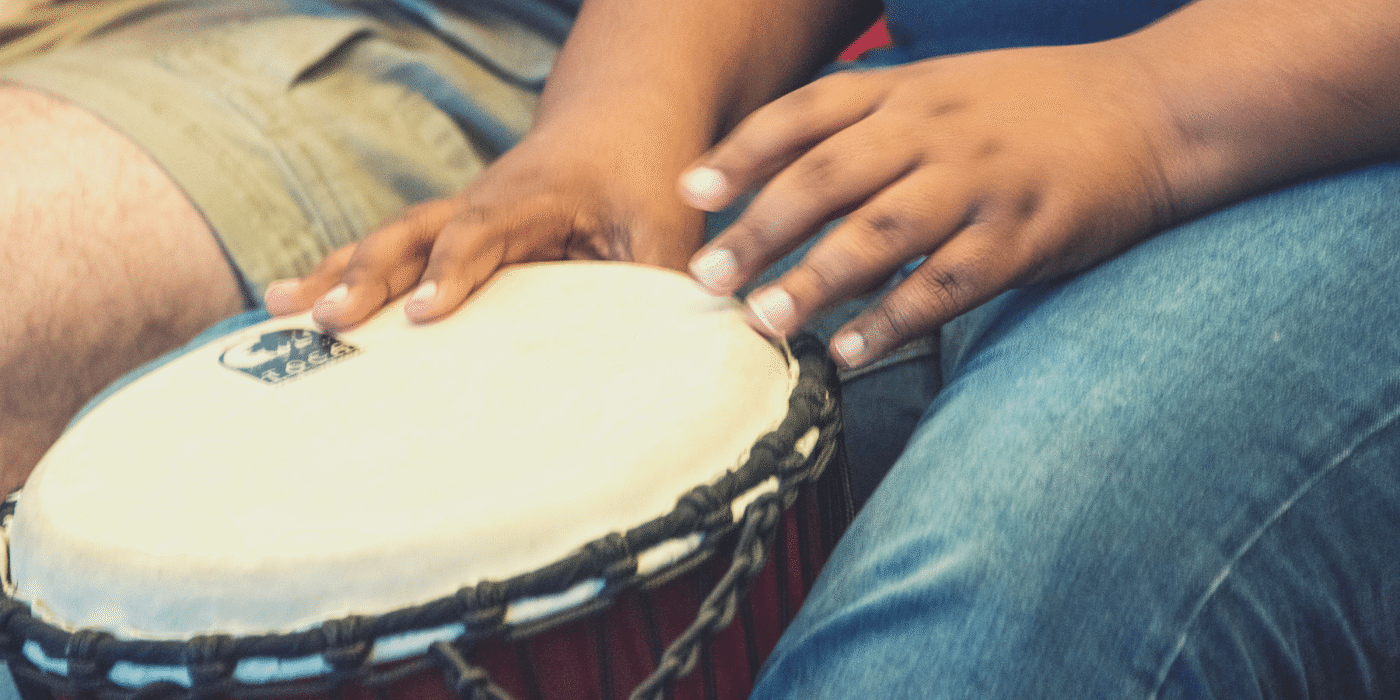This is an excerpt from PEP CEO Habeebah R. Grimes’ speech at this year’s PEP Rally for Kids, which captures why the arts and movement are so critical in our work with children who have experienced trauma.

One year ago renowned psychiatrist, author and child trauma expert Dr. Bruce Perry spoke at our PEP Rally for Kids and shared with us the importance of engaging young people in ways that regulate their over-stressed nervous systems and provide them with the connectedness they need to feel cared for and cared about by the adults in their lives.
Dr. Perry’s guidance melds beautifully with the principles of Re-ED and because of our partnership with Dr. Perry and The ChildTrauma Academy, we now understand and can articulate the brain science that underpins the Re-ED principles.
For these reasons, we’ve doubled down on our commitment to the practices that help kids heal from trauma and adversity and learn the self-management, self-awareness, social awareness, relationship skills and responsible decision-making skills they need to be successful in school and in life.
Many of these practices center on activities that are patterned, repetitive and rhythmic in nature. These activities calm the stressed brain, soothe the hyper-aroused stress response system and make the brain’s neuronal pathways to higher-order thinking accessible for problem solving and learning.
These practices also happen in ways that promote connection – often side by side with adults and kids engaging in these regulating activities together.
Today, we want you to experience a little bit of what this looks, feels and sounds like. On stage with me are Joy Carlson, Katie Kramer, Jacob and Ray’Shan. I’d like to also invite our honored guests: Ohio Supreme Court Justice Melody Stewart and Case Western Reserve University President Barbara Snyder to the stage to join us for a fun drumming exercise.
With this illustrious group as our models, we will experience what drumming is like for a group of students and have an opportunity to do a little regulating together.
Activities like this: that involve the visual arts, music or movement are essential to PEP’s model of trauma-informed care.
And, yes, this is rooted in brain science, but it’s also quite logical, right?
When we think about the rituals that bring human beings joy, help us feel connected to one another and our spiritual selves, or otherwise bring us together in community, these rituals involve patterned, repetitive, rhythmic and regulating activities such as singing, dancing, reciting, chanting, clapping and so on.
Surviving the harsh conditions of our beloved planet, whether those conditions have been human made or natural, has not been easy for human beings. But throughout history, we have instinctively engaged in rituals that supported our healing and enabled us to thrive. This drumming exercise today is a beautiful example of what our ancestors did to heal the community after tragedy or to celebrate it in times of triumph.
The rhythms of West African drumming have found their way into music across the African Diaspora, but the ritual of the drum also recalls the constancy of our mothers’ heartbeats while we were in the womb. A pattern of sound and vibration that served to soothe and to calm us as our brains and bodies developed.
The calming effect of rhythm is quite literally wired into our brains and when we replicate the experience of rhythm through the arts, we tap into something primal, and deep within the brain, inaccessible to our meaning-making, language-making neocortex but which tells us, “You are safe.”
The beauty and power of arts activities in our work is that they help young people feel safe. The arts also allow young people to connect and create, giving them the chance to bring something new into existence. And that something new might be a piece of visual art, such as the works you saw in the lobby today, or might be a rap or song, a line dance taught to friends and teachers, or a hat crocheted for an ailing child.
The arts also give our kids an outlet for pain that they might otherwise release in ways that are harmful to themselves or others. Worse yet, they might not release their pain at all.
By working with teacher-counselors trained in therapeutic arts activities and having access to arts-oriented activities in the community and in the classroom, our kids are able to communicate about very difficult life experiences and help others to understand their inner life.
Through these shared experiences, the seeds of trust are planted and in time become the roots for therapeutic relationships that fosters positive change.
I’d like to take this opportunity to thank our arts staff and partners, including Dr. Christa Boske of Kent State University, Dezi Marlow, Upcycle Parts Shop and others for your work to help our kids feel the peace of self-regulation and the hope of self-expression.
I also want to thank our teacher-counselors who share aspects of their creative selves with our young people such that they gain access to the general academic curriculum through arts-inspired activities. I want to thank all the partner agencies who work with our kids after school, on weekends and during breaks to ensure the arts are part of their lives outside of school.
Lastly, I want to thank all of you for supporting PEP as we bring Re-ED to life by bridging neuroscience to practice through healing-centered programming that includes the arts.
